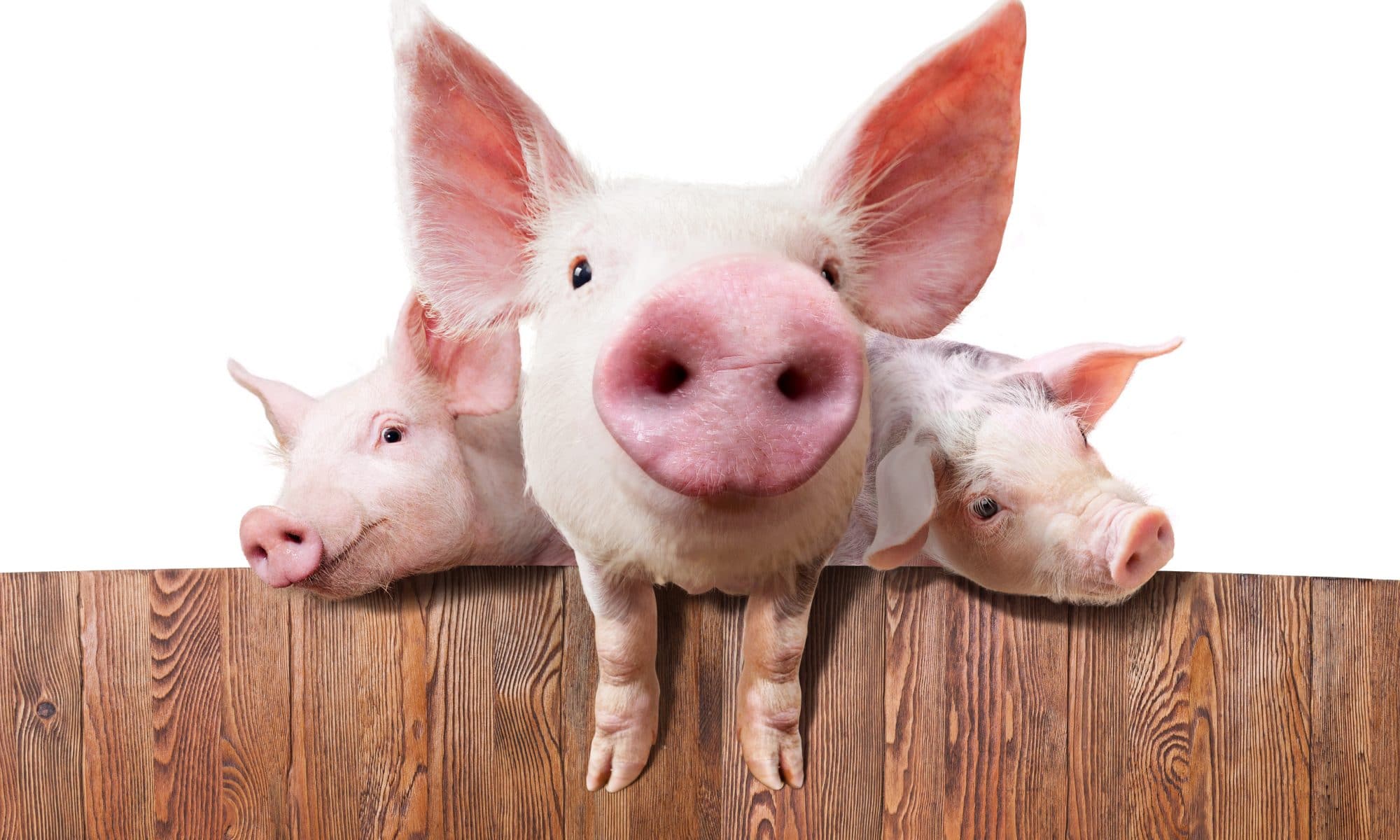Hog prices this fall have been stronger than anticipated. In early October, USDA analysts estimated that fourth quarter live prices would average $38 to $40 per hundredweight. Now it looks like the actual price will be $46 to $47.
It is always enjoyable to exceed expectations, but what is the source of the better hog prices and will those factors continue in 2018? The answer to the last question appears to be YES!
The better hog prices are due to consumer demand. The U.S. economic growth in the third quarter reached 3.3 percent with the unemployment rate at 4.1 percent, the lowest since 2000. Strong income growth and more people working improves the consumption of meats including pork. The 2018 outlook is for continued income growth and even lower unemployment. In addition, higher stock and housing values tend to cause consumers to spend more freely as well.
Pork is growing in popularity with our foreign customers. The world economy in 2018 is expected to have its strongest year since the 2008-2009 recession.
A little additional information on how pork trade is helping to enhance hog prices is important. So far this year, pork exports are up eight percent and net trade (exports minus imports) is up 10 percent. U.S. pork production is up about 2.5 percent this year but the more positive trade balance means that U.S. consumers have only one percent more pork available. With domestic population expanding by near one percent, this means that pork available per person this year is about the same as 2016.
Mexico is the biggest reason for increased exports so far this year. Mexican pork purchases surged above Japan in 2015 to become our number one export destination. Since then, Mexico has continued to put Japan in the rearview mirror. In 2017, Mexican pork purchases have exceeded Japan by 45 percent. South Korea, our fourth largest buyer has increased the volume of pork purchases from the U.S. this year by 18 percent. What about pork exports in 2018? USDA analysts are suggesting an additional six percent rise for 2018.
Finally, increased packer capacity has begun to reduce packer margins and is likely contributing to higher farm level hog prices this fall. Packer margins began to drop sharply beginning in August 2017 as new capacity began to come on-line. By October, the packer margin, as reported by USDA, fell to 48 cents per retail pound compared to 79 cents per retail pound one year earlier. These new plants are expected to continue to expand numbers in 2018 as they work toward full capacity.
A year-ago we were talking about higher pork supplies in 2017 and higher hog prices. That prediction has turned to reality. Live hog prices in 2016 averaged about $46 per live hundredweight. That price will be near $51 for 2017.
The lean futures market is currently optimistic for the same outcome in 2018 suggesting that live prices may average about $53 in 2018. My estimates are for pork supplies to rise around 2.5 percent in 2018 and if hog prices do rise again, it will most likely be due to the demand factors outlined earlier.
My estimates of feed cost are to rise modestly in calendar year 2018 with corn prices up about 15 cents per bushel and meal up about $15 per ton compared to calendar 2017.
My estimated total costs of production increases from around $49 in 2017 to a bit over $50 for 2018. With moderate feed costs and a low general inflation rate, my estimated total production costs have been near $50 for the most recent four calendar years from 2015 through 2018. What a different world it was in the nine years from 2005 through 2013 when my estimated annual costs ranged from $35 per live hundredweight to $67.
For 2018, the current outlook is for positive returns above all costs. The level of positive returns is expected to be in the range of $6 to $8 per head for both 2017 and 2018.
